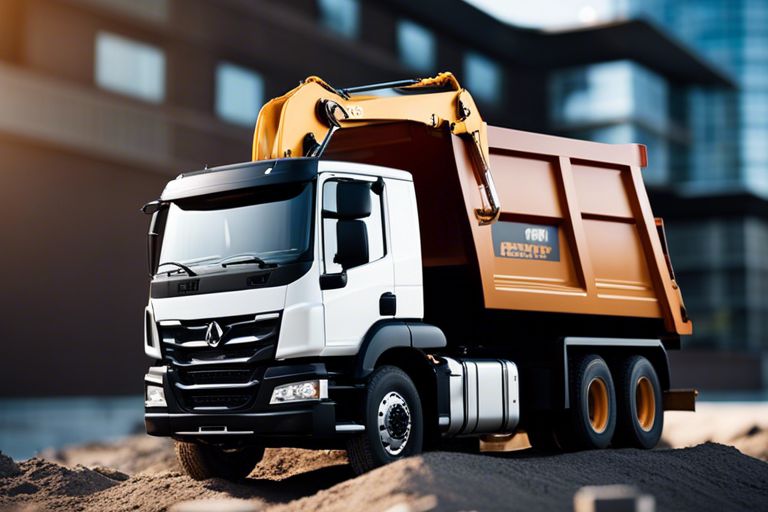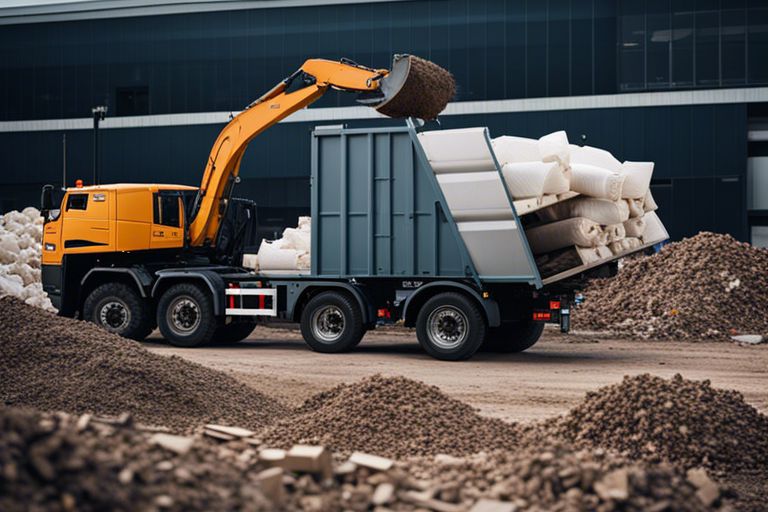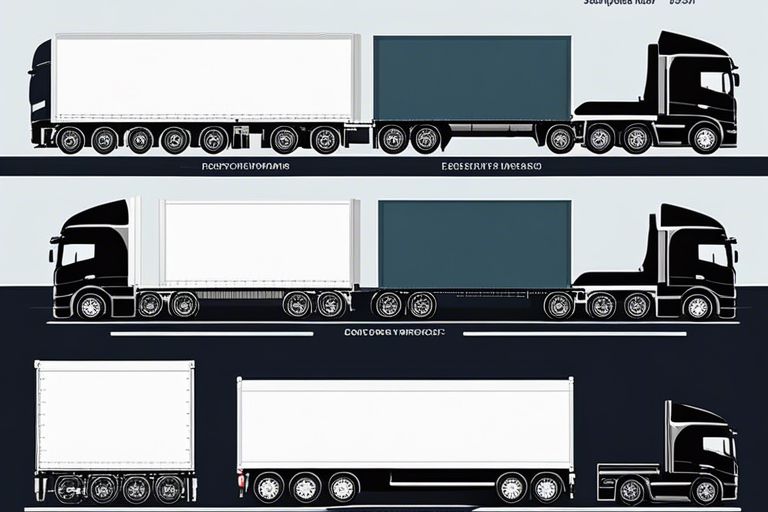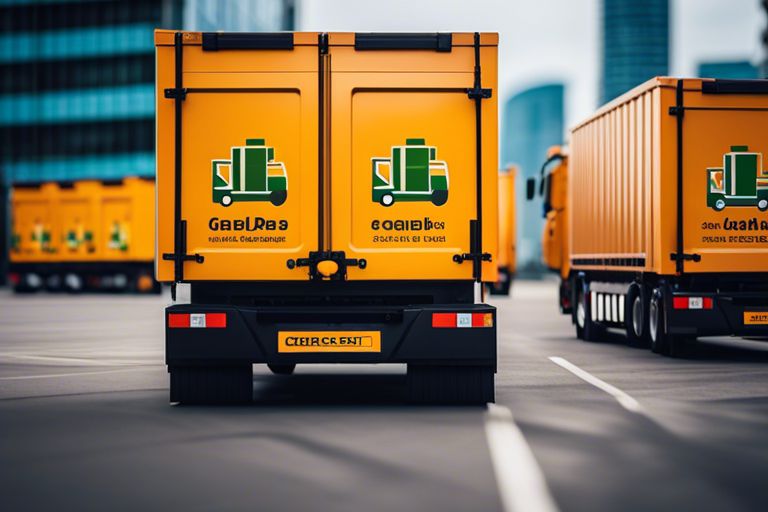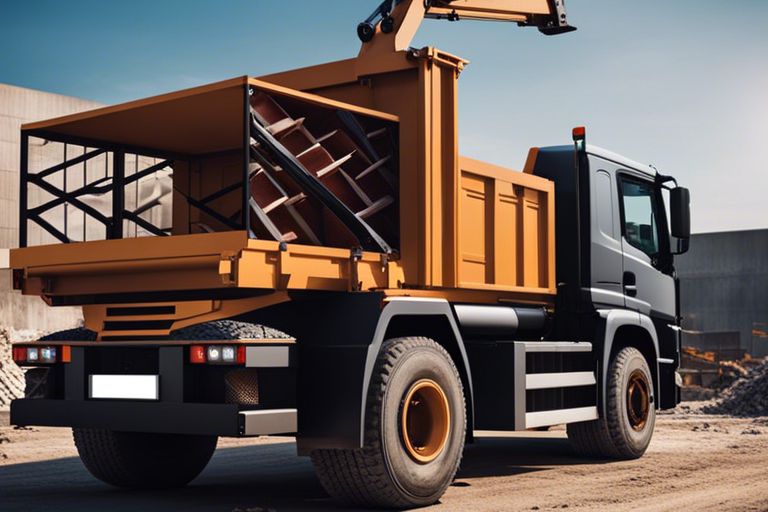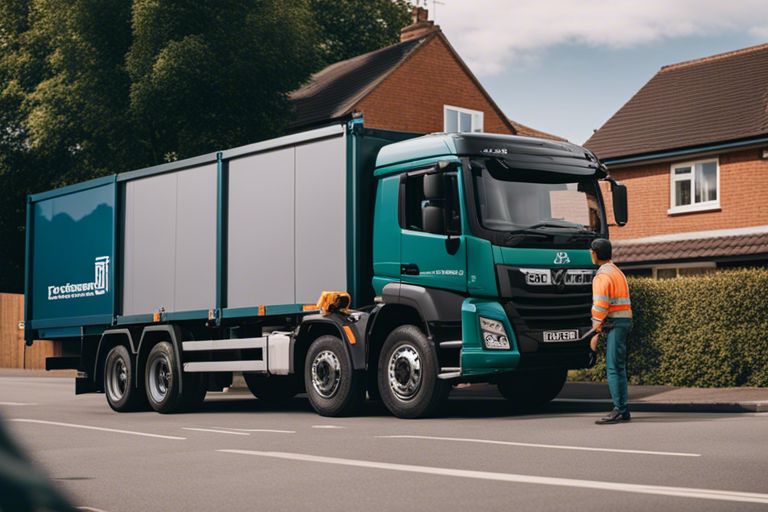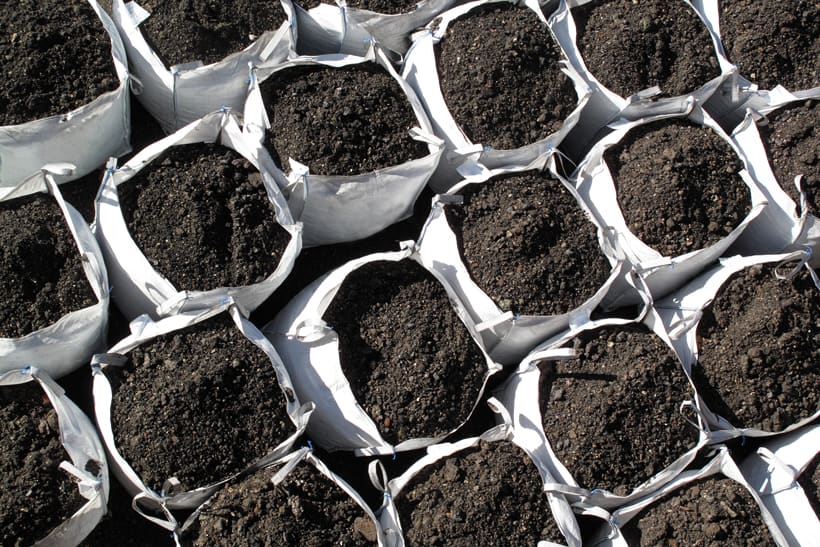Many industries and households produce waste that needs to be disposed of properly to protect human health and the environment. Understanding the differences between hazardous and non-hazardous waste is crucial for ensuring safe disposal practices. Hazardous waste poses significant risks to health and the environment due to its toxic, flammable, corrosive, or reactive nature, requiring special handling and disposal processes. On the other hand, non-hazardous waste does not pose the same level of threat and can often be disposed of through regular waste management systems. By being aware of the distinctions between these two types of waste, individuals and organisations can play their part in promoting a cleaner and safer environment for all.
Key Takeaways:
- Hazardous Waste: Requires special handling and disposal due to its potential harm to human health and the environment.
- Non-Hazardous Waste: Does not pose immediate risks but still needs to be disposed of properly to prevent pollution and harm.
- Proper Disposal: Understanding the differences between hazardous and non-hazardous waste is crucial for safe disposal, ensuring compliance with regulations and protecting the environment.
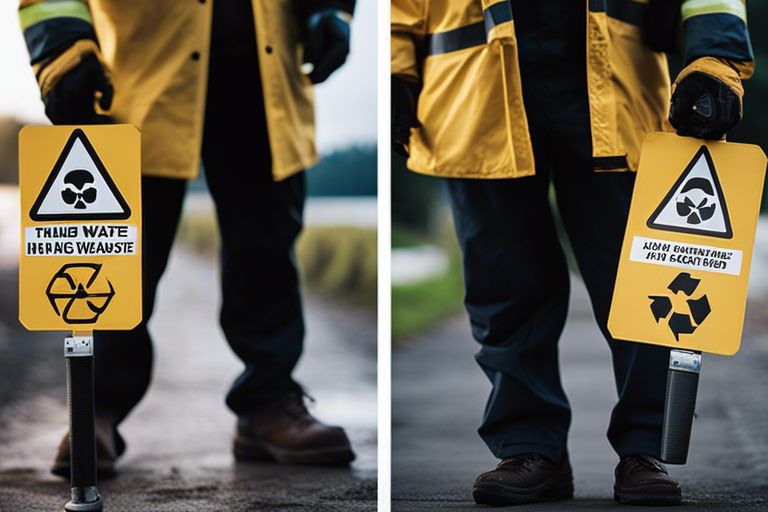
Defining Waste: A Primer
The Hazardous Vs. Non-Hazardous Waste Management is a crucial aspect of waste disposal practices. Understanding the differences between hazardous and non-hazardous waste is crucial for safe and effective waste management.
What Constitutes Waste?
On a fundamental level, waste is any material that is no longer needed or has served its purpose and is therefore discarded. This can include anything from household waste like paper and plastic to industrial by-products.
Categories of Waste
One of the key ways to categorise waste is based on its potential harm to human health and the environment. Hazardous waste, such as chemicals, batteries, and medical waste, poses significant risks, while non-hazardous waste, like paper, glass, and cardboard, generally has lower risks associated with its disposal.
Constitutes hazardous waste include characteristics such as toxicity, ignitability, corrosivity, or reactivity. These characteristics determine how the waste should be handled, stored, and disposed of to prevent harm to human health and the environment.
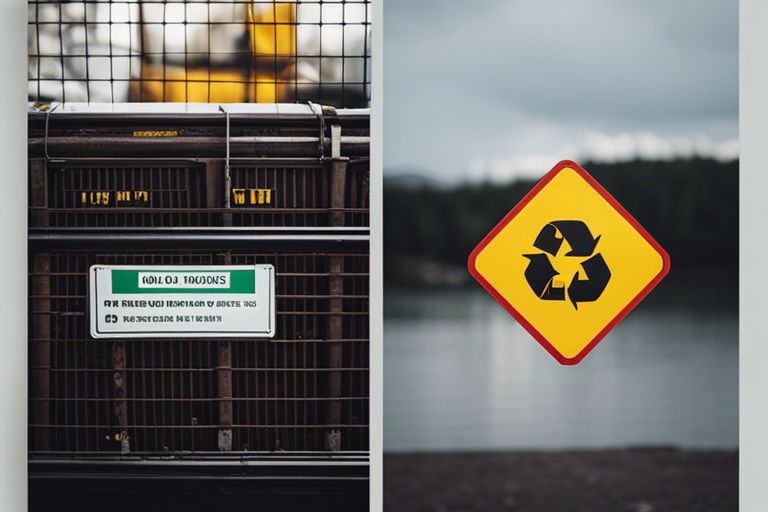
Hazardous Waste: Risks and Regulations
Characteristics of Hazardous Waste
Even small quantities of hazardous waste can pose significant risks to human health and the environment. Hazardous waste is characterised by its toxicity, flammability, corrosiveness, and reactivity. It requires special handling and disposal methods to prevent harm to individuals and ecosystems.
Legal Framework for Hazardous Waste Disposal
With the increasing concern over the management of hazardous waste, strict regulations have been put in place to ensure its safe disposal. The legal framework for hazardous waste disposal includes guidelines on how to identify, handle, transport, and dispose of hazardous waste properly. Failure to comply with these regulations can result in severe penalties.
Plus, there are specific permits and licenses required for those involved in the generation, collection, transport, treatment, and disposal of hazardous waste. These permits aim to monitor and regulate activities related to hazardous waste management to minimise risks and protect public health and the environment.
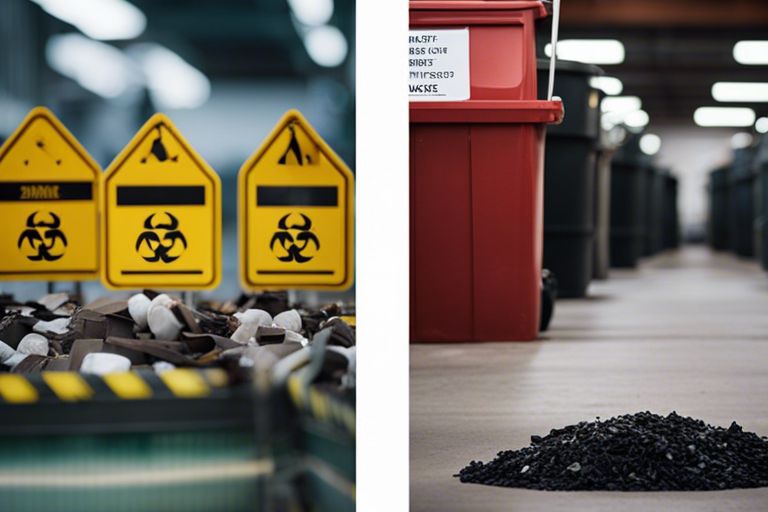
Non-Hazardous Waste: Handling and Management
Identifying Non-Hazardous Waste
Waste that is classified as non-hazardous includes materials such as paper, cardboard, glass, and certain types of plastics. These materials do not pose a significant risk to human health or the environment if managed and disposed of properly.
Guidelines for Non-Hazardous Waste Disposal
Guidelines for the disposal of non-hazardous waste are put in place to ensure that these materials are handled safely and in an environmentally responsible manner. It is important to segregate non-hazardous waste from hazardous waste to prevent any cross-contamination and ensure proper disposal methods are followed.
This includes separating recyclable materials from general waste, following local waste disposal regulations, and considering sustainable waste management practices such as composting or recycling. By following these guidelines, we can help reduce the amount of waste sent to landfills and minimise our impact on the environment.
Safe Disposal Practices
Best Practices for Hazardous Waste Disposal
With hazardous waste, it is crucial to follow strict guidelines to ensure safe disposal. First and foremost, identification of the waste is key – knowing what you are dealing with helps determine the best disposal method. Secondly, always use appropriate containers that are labelled correctly to prevent any accidents or contamination. Finally, ensure that the disposal is carried out by licensed professionals to guarantee compliance with regulations and to protect the environment and public health.
Best Practices for Non-Hazardous Waste Disposal
One fundamental practice for the disposal of non-hazardous waste is segregation. Separating waste streams such as recyclables, organic waste, and general waste at the source can help streamline the disposal process and increase recycling rates. Additionally, promoting awareness and providing training to staff on proper waste disposal practices can significantly reduce the volume of non-hazardous waste ending up in landfills.
Hazardous: It is necessary to remember that even though non-hazardous waste may not pose immediate risks like hazardous waste, improper disposal can still have negative consequences on the environment and human health. Therefore, it is crucial to handle all waste, whether hazardous or non-hazardous, with care and in accordance with established guidelines.
Summing up
On the whole, understanding the differences between hazardous and non-hazardous waste is crucial for ensuring safe disposal practices. Hazardous waste poses significant risks to human health and the environment, requiring special handling and disposal methods to prevent harm. Non-hazardous waste, although less dangerous, still needs to be managed responsibly to minimise its impact on the surroundings. By distinguishing between the two types of waste and following the relevant regulations and guidelines, we can work towards a cleaner and safer environment for both current and future generations.
FAQ
Q: What is hazardous waste?
A: Hazardous waste is waste that poses a substantial or potential threat to public health or the environment due to its chemical or biological nature.
Q: What is non-hazardous waste?
A: Non-hazardous waste is waste that does not pose a significant risk to public health or the environment and can be safely disposed of in regular landfill sites.
Q: How can you identify hazardous waste?
A: Hazardous waste can be identified by characteristics such as toxicity, reactivity, flammability, or corrosivity. It is important to check the material safety data sheet (MSDS) for proper identification.
Q: What are the risks associated with improper disposal of hazardous waste?
A: Improper disposal of hazardous waste can lead to contamination of soil, water sources, and air, resulting in serious health issues for humans and wildlife. It can also lead to legal consequences and environmental damage.
Q: How should hazardous waste be handled for safe disposal?
A: Hazardous waste should be collected, stored, and disposed of according to local regulations. It should be properly labelled, stored in suitable containers, and transported by licensed waste management companies to authorised disposal facilities.
Q: Can non-hazardous waste become hazardous under certain conditions?
A: Yes, non-hazardous waste can become hazardous if it is mixed with other substances that change its chemical or biological properties. It is important to separate different types of waste to prevent contamination.
Q: Why is it important to differentiate between hazardous and non-hazardous waste?
A: Differentiating between hazardous and non-hazardous waste is crucial for ensuring proper disposal methods are followed to protect public health and the environment. It helps in preventing accidents, reducing pollution, and promoting sustainability.

